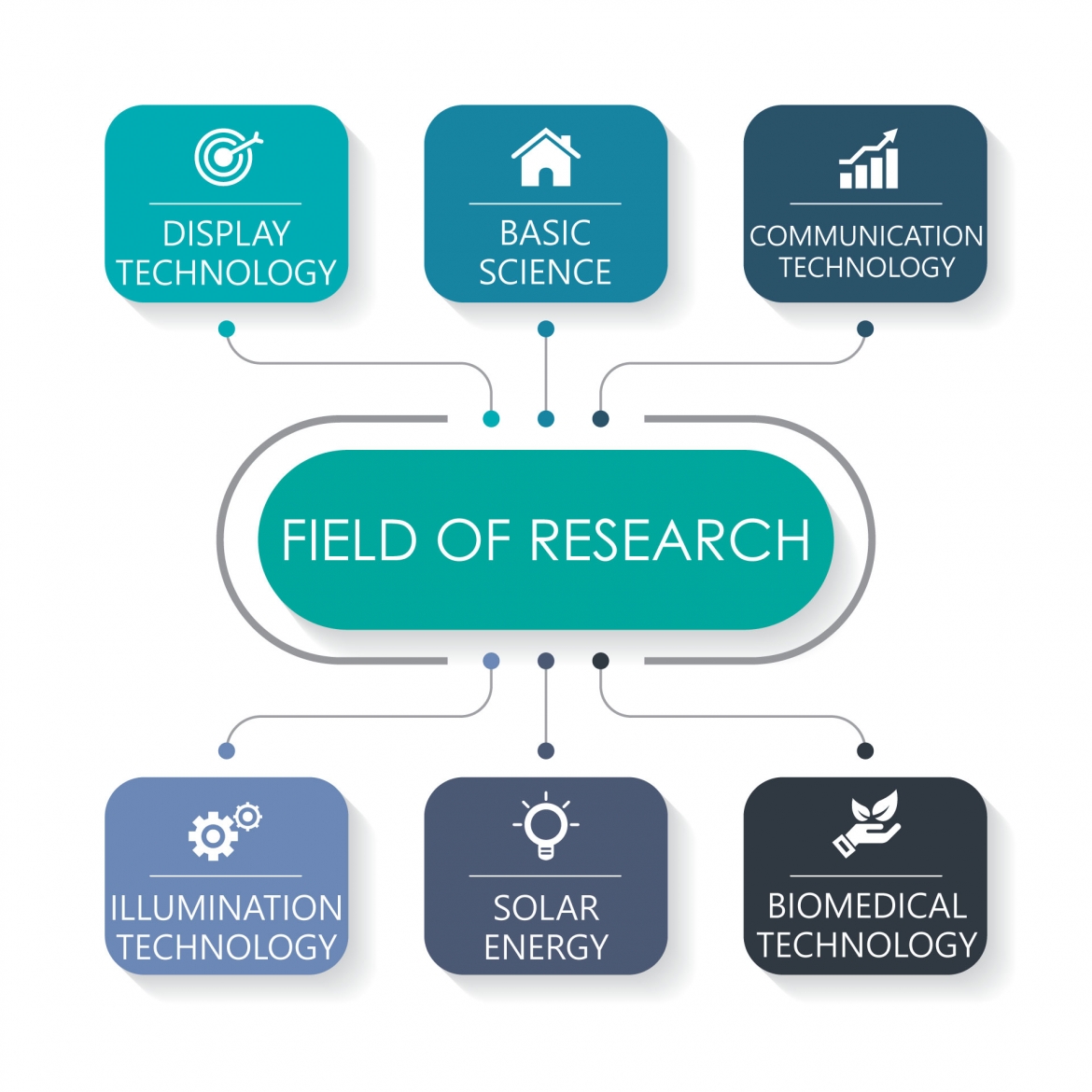Photonic System TechnologiesNanostructured Optoelectronic Materials and DevicesInterdisciplinary Photonic Sciences

The Department of Photonics (DoP) at NCTU provides sound teaching and cutting-edge research programs in photonics for the new millennium. Photonic research is unique and highly interdisciplinary and could enable photonic revolution for the 21st century. A brief summary of our research programs is given below for your reference:
I. Fundamental Research in Photonics
Since its establishment in 1980, the Institute of Electro-Optical Engineering (IEO) emphasizes fundamental research in photonics. Many of our research programs are the first of its kind in Taiwan, including gas laser, vertical-cavity-surface-emitting -laser, holography, liquid crystal, magneto-optical data storage, optical soliton communication, ultrafast laser and tera-hertz technology. Our current research topics include coherent control of light-matter interaction, generation of coherent optical and tera-hertz radiation and their applications for material characterization and for biomedical discipline. The left Figure shows one of our recent achievements on generating attosecond laser pulses at tera-hertz repetition rate over the entire visible spectrum.
II. Optic Communication Program
In the 21st century, our daily life is characterized by an intensive information and data exchange. The technology of radio-over-fiber communication offers a platform to meet the demand of broadband information exchange (see the left diagram for the concept). The optic communication group focuses on the development of access networking technology. Our recent achievements include a long-reach (over 100km) low-cost passive optical network (PON) and a world-record >60GHz high-fidelity RoF technology. To meet the ever-increasing demand of mobile communication, our future research direction is to extend the RoF technology into tera-hertz data rate by leveraging the expertise of our tera-hertz research in the fundamental research group.
III. 3D Holographic Data Storage and Display Technology
The omnipresent information flow demands high-density data storage and high-quality 3D image display. Our group’s research results had been honored with SID best paper award a few times. Our research achievements include a world-leading polymer-based holographic data storage technology (see the left diagram for the prototype), revealing a data storage capacity >420GB/disk and access speed >117Mb/sec, and a low power consumption eco-display technology with “Stencil-Field Sequential Color TFT LCD”. The SFSC TFT LCD technology is based on a series of patent-pending techniques, including fast response optical compensated bending LC device, RGB LED backlight arrays module, human visual model, novel image driving algorithm and high-efficiency OLED, etc. These techniques can also form the base for the future 3D display, which can support high- quality 3D image in a flat panel.
IV. Energy-Oriented Photonics Technology
To ensure a continuing economic growth while avoiding a catastrophic climate change; the most impending issue to be met by human race would be the energy problem. The high-efficiency energy-oriented photonics technology developed by the optoelectronics group can remedy the problem from either the energy-saving or the energy-generation point of view. The recent research achievements for solid-state lighting include a technology of photonic crystal-enhanced high-brightness LED and a world-leading technology of electrical injected blue-light VCSEL (left Figure). Currently, the group is endeavored to develop an energy-oriented photonics technology for the third generation photovoltaic devices.
V. Development of PV (photovoltaic) technology
In responding to the large energy demand in the future due to shortage of resources such as fossil fuel and natural gas, photovoltaic technology has become one of the highly potential and feasible routes to generate clean and renewable energy. Among various photovoltaic technologies, silicon based thin-film solar cell has the advantages of high silicon content, low energy consumption production, low toxicity, low cost, well-developed manufacturing equipment, and large-area process. Furthermore, organic thin-film solar cell is produced from soft substrate, and has the advantage of providing irregular surfaces. In the future, the research will continue to focus on the development of highly efficient inorganic and organic thin-film solar cells, which includes the development of novel materials, structure integration, thin-film quality improvement, device interface process and optical-electrical balance.
VI. Biomedical sensing technology
In recent years, Taiwan’s biotechnology industries have shown rapid growth. The research on biomedicine covers a wide range of topics including medicine, surgery technology, novel medical equipment & materials, and inspection technology. National Chiao Tung University (NCTU) has plenty of research resources. The Department of Photonics has sound foundation in optics and electronics, particularly in the development of biomedical sensing technology. In NCTU, scholars from the Department of Photonics can collaborate with scholars in the Department of Biomedicine to create an optimal research environment. Some major research accomplishments reported recently include OTFT (organic thin-film transistor), novel vertical thin-film transistor and polycrystalline silicon nanowire transistor. These technologies can be used to realize high-sensitivity ammonia detection, which can be applied to the homecare for severe liver disease patients. Based on these promising results, different biosensors can also be developed in the near future.
